Feasting at the Edge of the World (Part 2)
A family restaurant in Iceland's remote Westfjords shows how adaptation and survival shape local cuisine.
Hey friends - if you haven’t read part one of this essay, I’d recommend giving it a look before you get into this one.
“Welcome to my family’s restaurant, Tjöruhúsið,” Haukur announced as people were taking their seats at the long wooden tables. “Before we begin, there are a few very important rules we must follow. This is a complicated restaurant, and we do not wish the afternoon to descend into chaos.”
As Haukur spoke, he walked around the room, gesturing to the staff and pointing out areas where the food would be placed. The restaurant was full of locals and tourists, all attentive to the performance at hand.
“We are going to start by feeding you some soup…once the soup is securely in your bowl, you may return to your seat. If you ever find yourself wanting or needing more soup, simply grab your bowl, mosey on over to the cauldron, and you can try ladling for yourself. And you should, it’s empowering.”
The crowd laughed. Some had their phones out recording Haukur, whose role here lies somewhere between flight attendant, ring announcer, and a stand-up comedian warming up the crowd. After the speech, he walked over to the record player and collection of vinyls in the corner to set the playlist. Service had officially begun. The room swelled with low murmurs from the family style seating, alongside the constant movement of people scurrying around the tar house to fill their plates.
Meanwhile, I was standing up at the front of the room with my apron on, trying not to look completely useless - my shift at Tjöruhúsið had started.
After our conversation earlier that morning, I was riding shotgun in Haukur’s old Land Cruiser while we were on our way to get provisions for the afternoon seating at the restaurant. The chatter picked up where it left off, recalling the early days of Tjöruhúsið.
A few years after it opened, his family was running on fumes, barely keeping up with the demand. It was a good problem to have, but they had to find a way to make it sustainable. “There was no business plan, no concept, my parents were just making food, and people just kept coming. Everything since then has just been a reaction,” Haukur said.
He paused quickly to roll down the window and light a cigarette, then explained their original setup. "It used to be that we would tell you what fish we had and my dad would make you a pan, a full pan with the fish, salad, and potatoes," he remembered. "But we weren't able to serve everyone we wanted, the kitchen couldn't handle the volume….there was big discussion in the family when my cousin said we should do a buffet."
Haukur was admittedly team anti-buffet because he thought serving in individual pans was more romantic, but he lost out and the Tjöruhúsið adopted the buffet format. But the new format meant that guests weren't quite sure what they were eating, so Haukur started standing at the front of the room describing each dish as people progressed through the line.
Eventually, he started giving the pre-dinner speech because someone had to explain to confused tourists how the restaurant worked. “We had times when people would run out of the restaurant crying,” he remembered with a laugh, “or others who would get really angry and demand to know, ‘WHERE IS MY FOOD!’”
Like everything else at Tjöruhúsið, these changes weren't part of some grand vision of the restaurant. They were just reactions, guided by the family's intuition and creativity.
“The restaurant is very much an expression or manifestation of my family in physical form,” he said with another drag from the cigarette.
As we drove through the streets of Ísafjörður, I was looking out the window of the car like an excited puppy. I was having fantasies about the local markets, farms, and salty fishmongers I was about to meet on this shopping trip. Then we pulled into Bónus.
I was no stranger to Bónus, the local grocery chain that had been supplying all my Icelandic boy dinner needs - flatkaka, lox, and skyr - while I’d been driving my rental van through the country. It’s also a local institution, talked about by Icelanders with almost teary-eyed sentimentality. Even seeing the Bónus mascot, a coy-looking bright pink piggy bank, on merch around town is pretty common.
So we hopped outside the Land Cruiser, grabbed some reusable bags from the back, and headed inside. As we walked down the aisles, he explained how the daily trips to Bónus, rather than ordering food from a supplier, helps them stay flexible during inconsistent stretches of restaurant traffic. It actually helped them get through the pandemic since they could stay open without overspending or wasting too much food with unpredictable traffic.
We paced around the store running through the day’s shopping list. He sorted through various fruits and vegetables, placed them in the shopping cart, and checked the list again. Noticeably absent from the cart was the seafood, but his dad likes to do that sourcing himself from local fishermen, many of whom come to eat at the restaurant. It all made sense, the fish was from the fjords, but the rice and salad certainly aren’t - hell even just growing a tomato in Iceland is a big deal.
Yet underneath the fluorescent lights, I couldn't help but feel a tension between expectation and reality. Here we were in Iceland - one of the birthplaces of New Nordic cuisine, land of foraged and fermented everything - shopping at a discount market.
But maybe we should allow for more interpretations of what “local food” means. We talk about arbitrary geographical boundaries and regionality when it comes to ingredient provenance. But what of the people? They get their fish from local fishermen because that’s what makes sense here, but they shop at Bónus to stay flexible with tourist seasons while keeping prices reasonable for locals. Can the story of a family, one of adaptation and survival, give food its locality instead?
“Imagine you’re at a restaurant, right? Now imagine how you would like it to be, and try to do everything like that,” Haukur said to me as he handed me an apron. It was his version of a pep talk before my shift at Tjöruhúsið. They put me on front of house duty, far away from the kitchen and flames where I could potentially burn down the historic tar house. My plan for the night was to make sure the wine and beer glasses were never empty, a skill I pride myself in, so I had some confidence I wouldn’t entirely fuck it up.
But a few minutes later, one older lady came up to me and started asking a question in Icelandic. Immediately, I could see the disappointed scowl start to form on her face as my blank stare gave me away. All the confidence I had instantly vanished.
Eventually, the room filled up and it was time for Haukur’s pre-dinner speech, “….on the left side, straight from the depths of Ísafjarðardjúp and surrounding fjords, all kinds of fresh and delicious fish, lovingly prepared in this kitchen by my uncle. And on the right side, fresh fruit, grain, and vegetables straight from Bónus and Netto.” The locals in the crowd cackled, immediately understanding the joke, while the tourists nervously laughed along.
While I was running around the restaurant, trying not to disappoint any more people by my Americanness, I was thinking about the past few days at Tjöruhúsið and what makes this place special. I think it's pretty simple, Haukur's family was simply doing what Icelanders have always done - adapting and making do with what's available. You feel that, deeply, through every bit of this organic and slightly chaotic energy buzzing through the restaurant during any given service. Everything is a little rough around the edges, not contrived or overly polished, and that makes Tjöruhúsið it’s own thing entirely. And of course, the food is delicious.
At the end of the dinner, someone else came up to me. I was ready to disappoint again, but this time it was an American asking me about all the kinds of fish she ate that night. So I listed them out - wolffish, lemon sole, halibut, fresh cod, salt cod, cod tongue, plaice, salmon, lingcod, and ocean perch. If she asked any more questions about the food around here, I’d probably be out of luck. But the people? I could probably tell her something about them, and isn’t that the point?


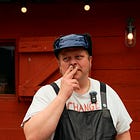
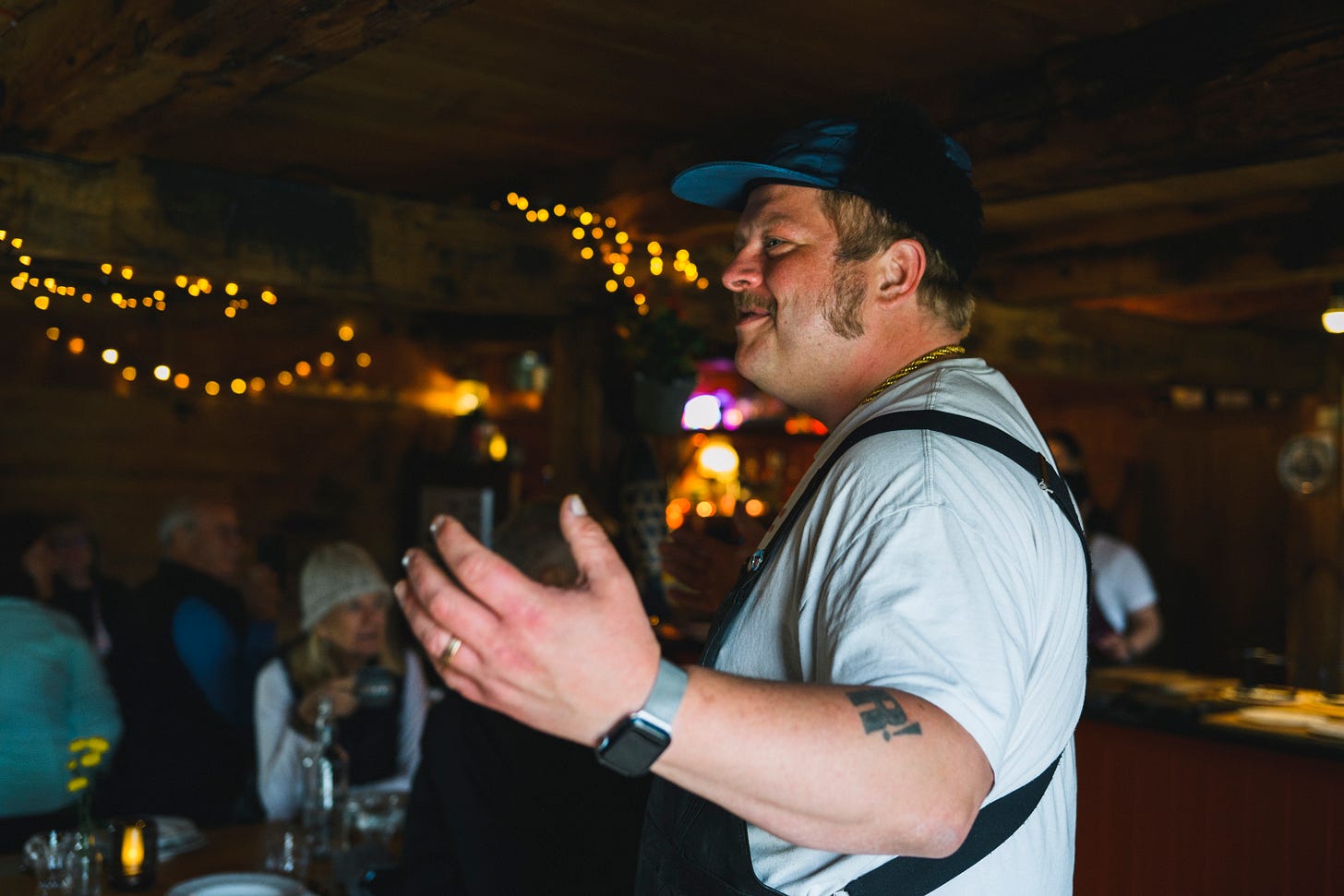
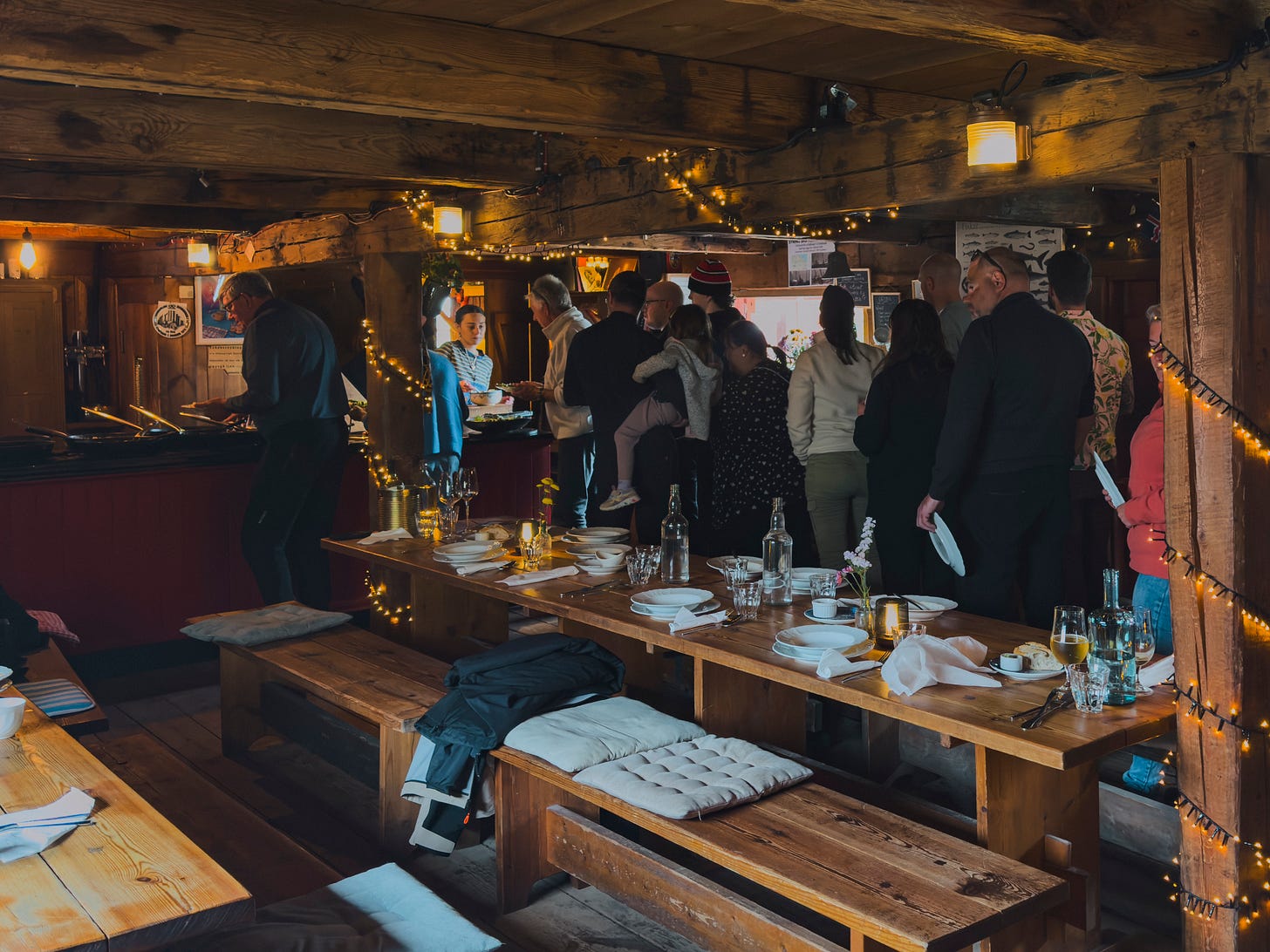
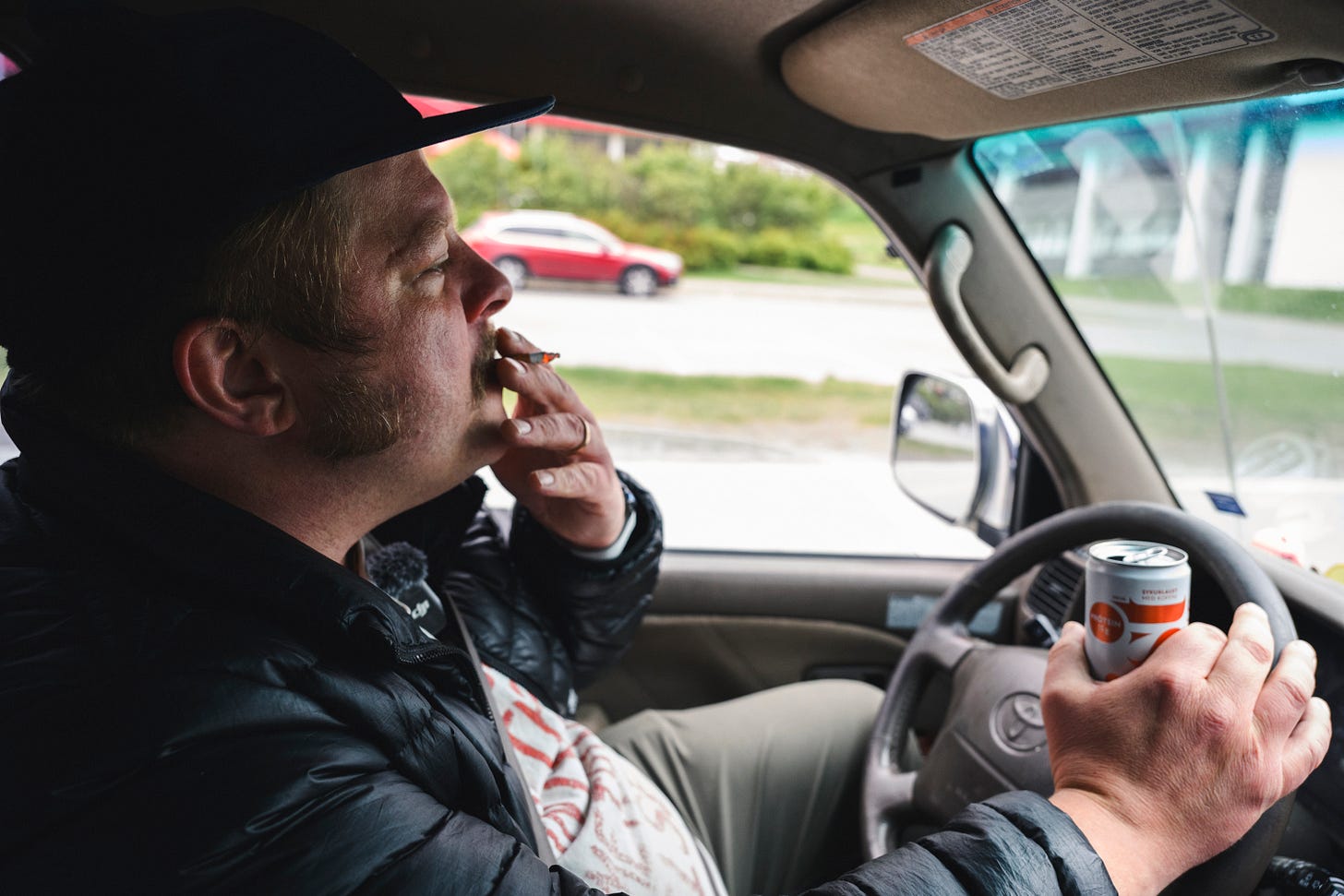
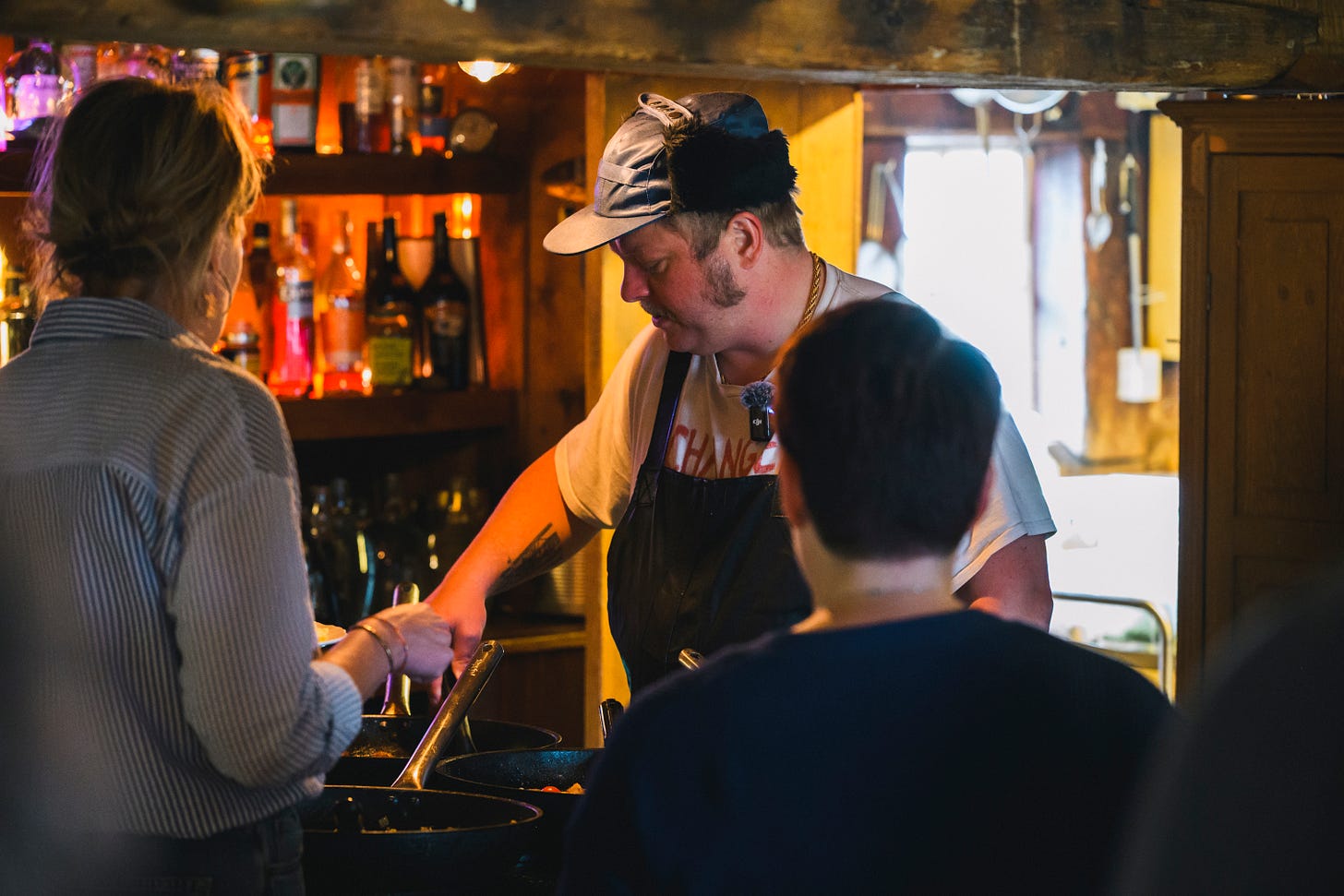
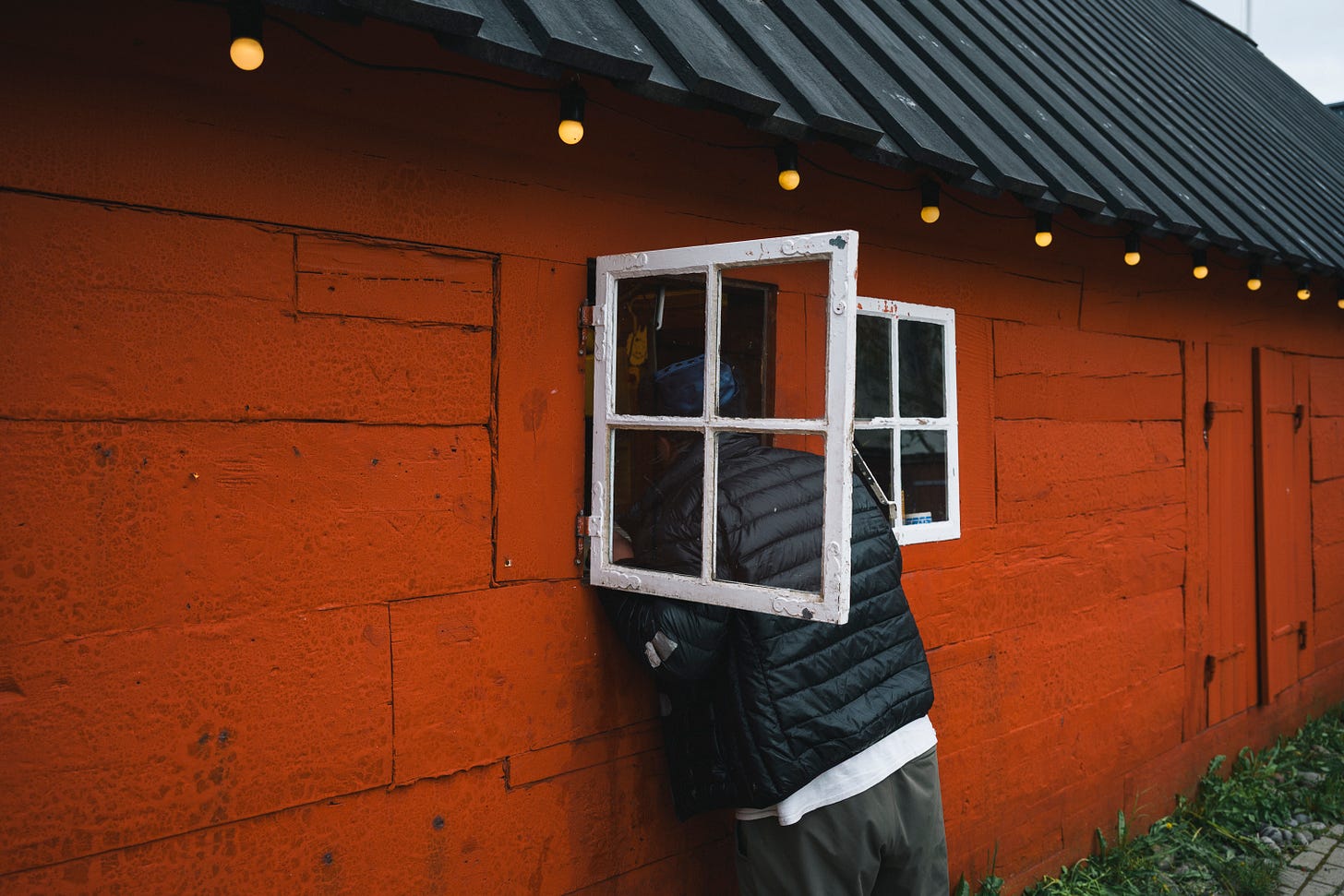
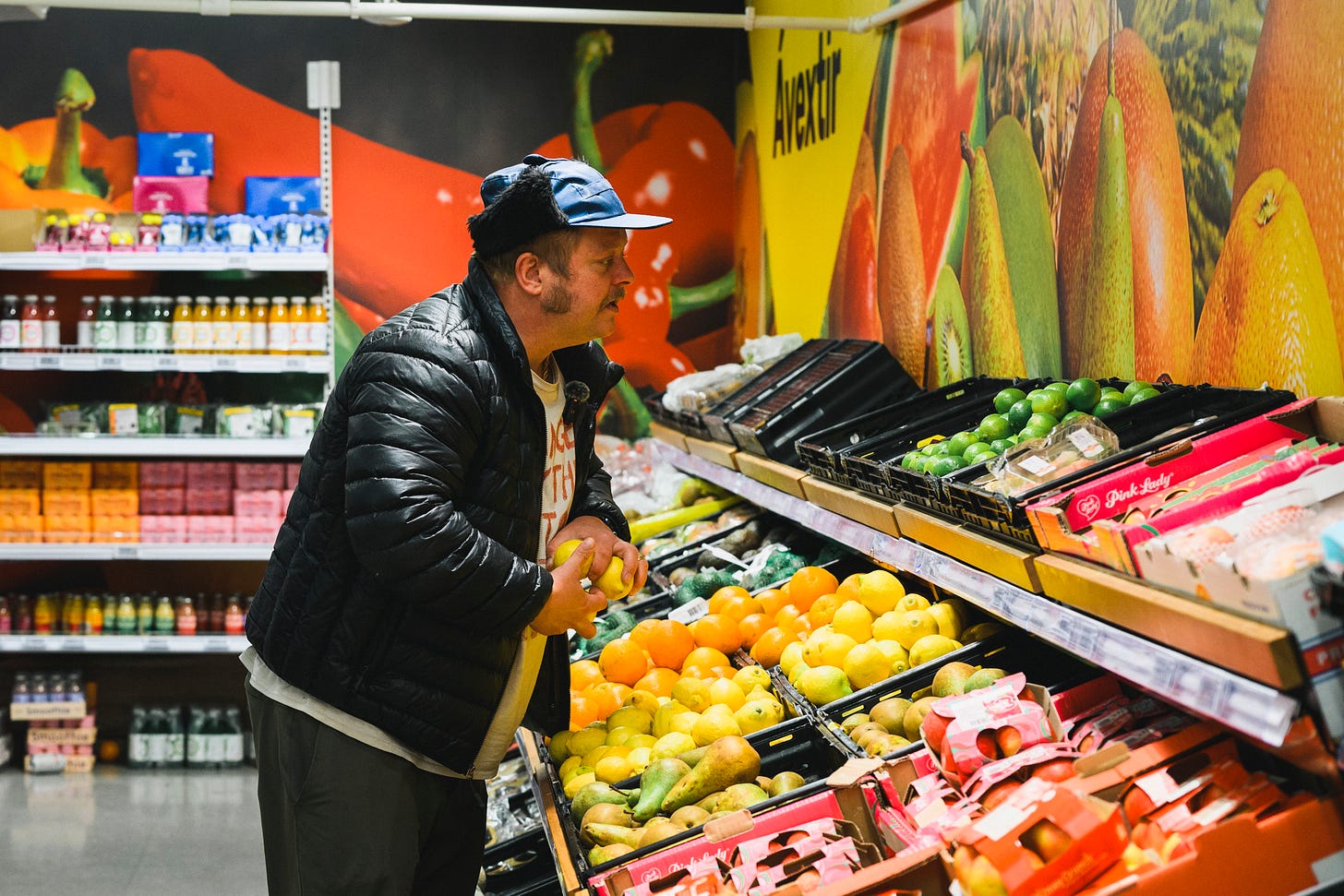
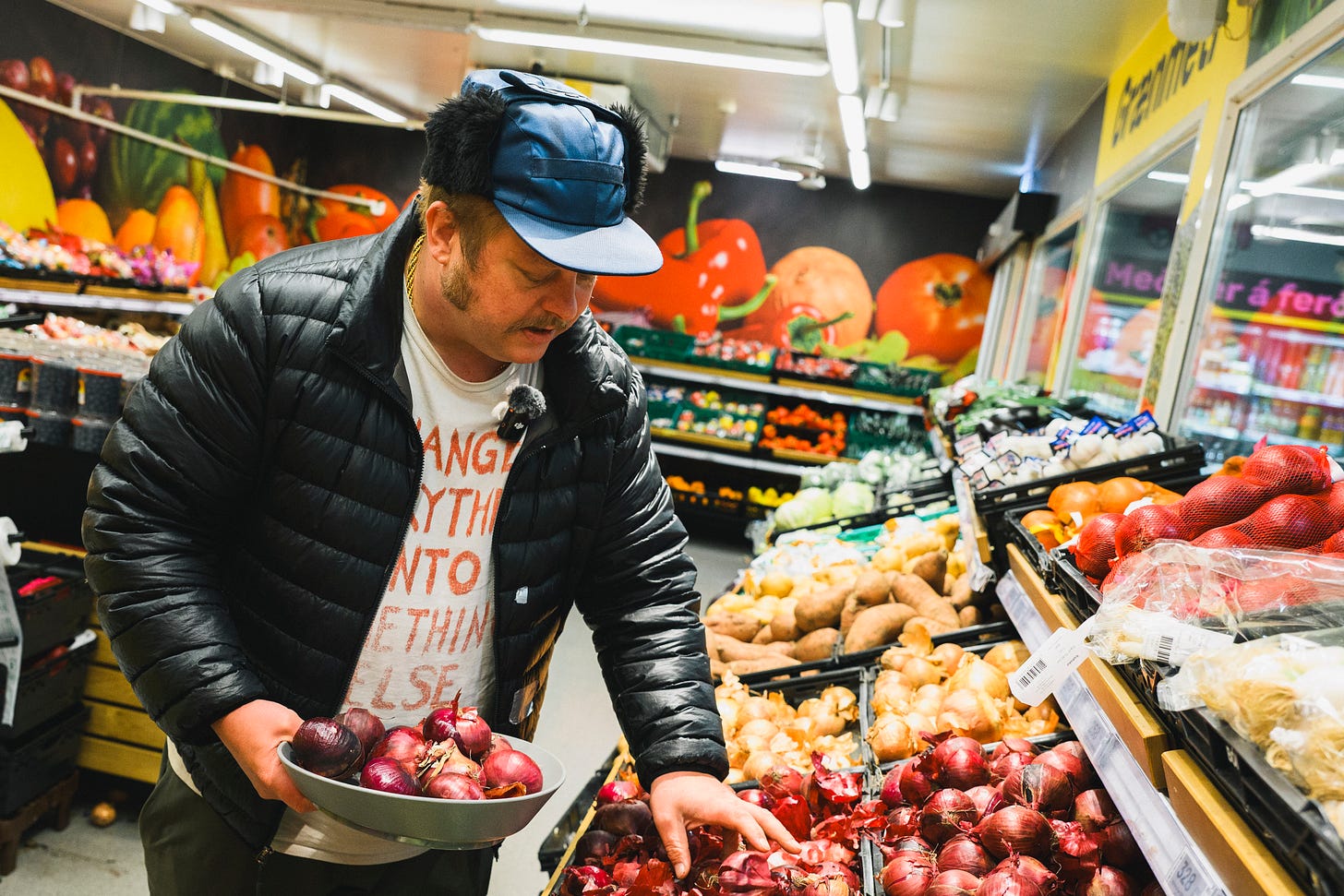
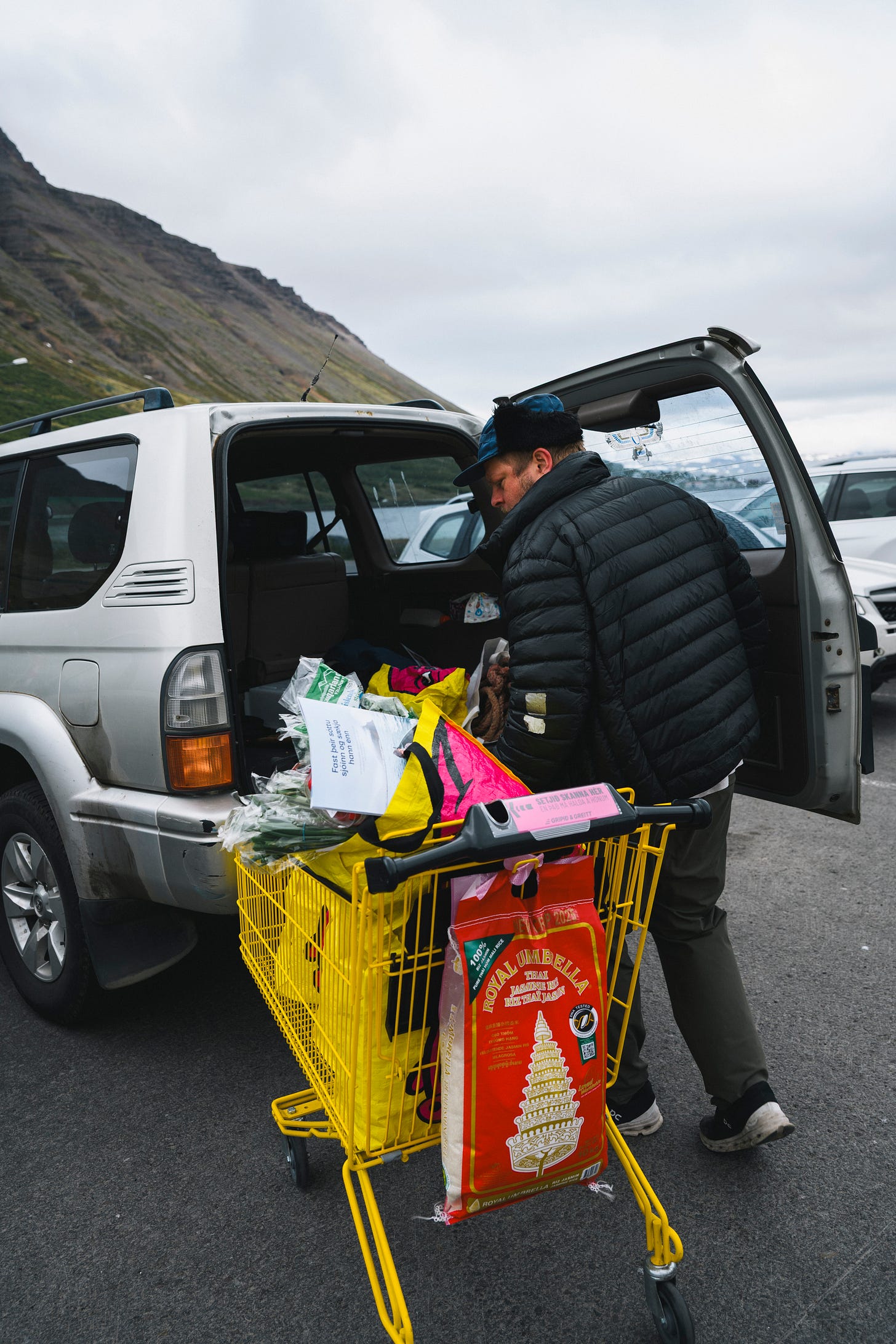


The love of Bonus made me think of the east coast love of Wegmans
A fun article, and it is cool to see it shown through the photos. But would Haukur rehire you, I wonder? 😏